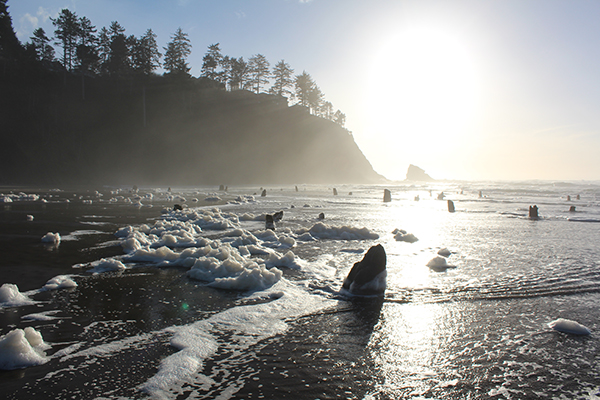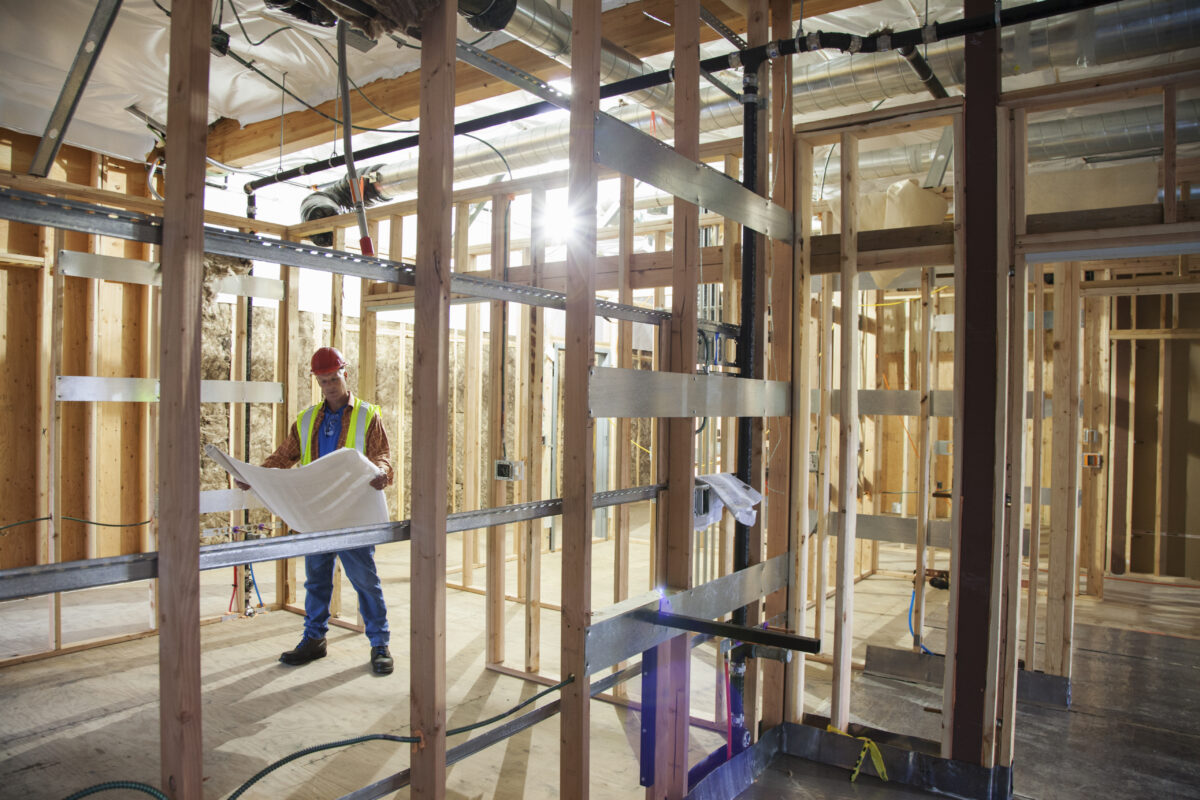This little-told story is a must-read for anyone buying a home in earthquake country. It’s been 25 years since the Magnitude 6.7 Northridge earthquake, and what lasting legacy has it left? An overhaul to the insurance industry.
First, some quick numbers:
| 1993 | 2018 | |
|---|---|---|
| Proportion of Californians buying earthquake coverage | ~29% source: III | ~11% source: CEA |
| Typical cost of earthquake coverage | ~$400/year | ~$2000/year Source |
Costs noted are for a median-priced home in the SF or LA areas. Median home prices have risen by about 3 times since then, while earthquake coverage has risen by about 5 times.
Northridge Changed Earthquake Insurance
Why such dramatic changes? Northridge proved that the insurance industry had been underestimating potential losses from earthquakes. The $20 billion bloodbath of payouts exceeded 80 years’ worth of earthquake premiums collected.
And yet, geologically speaking, Northridge was not the big one, only a wake-up call. The USGS reports a 99% probability of a Northridge-sized event, anywhere in California, over the next 30 years.
It was suddenly clear: as big as Northridge losses seemed, we could lose even bigger (as much as $600b). So the insurance industry reacted. Over-reacted? Maybe, but the sheer magnitude of $20b (shocking for 1994), combined with probabilities that could not be ignored, shook the industry into action.
95% of insurance companies pulled out of California.
This resulted in a crisis of unavailability—for any homeowners insurance, not just earthquake coverage.
Why? California law requires that an insurance company selling homeowners policies must also offer earthquake coverage. But earthquake risk was now “uninsurable,” they said—couldn’t be priced accurately. So this meant they couldn’t offer regular homeowners coverage, either.
Yet, customers were clamoring for coverage more than ever before.
Earthquake Insurance in California
So the State stepped in. Here was the deal to the insurers: Come back and write homeowners policies, and we’ll create a separate entity to bear (most of) the earthquake risk. The earthquake policy wording would be standardized and governed by state legislation. That separate entity is now the California Earthquake Authority (CEA), which is publicly managed and privately funded 1.
These earthquake policies would still be sold by the same name-brand insurance company where you buy your homeowners policy, but on the back-end, the risk would be borne—mostly 2—by the CEA. Standardized earthquake coverage would feature “risk-based pricing” – which meant that, post-Northridge, premiums would increase up to 10x, overnight. One way to mitigate such a price jump would be high deductibles.
But this turned out to be the kiss of death for earthquake insurance, and a main reason why the buy-rate dropped by a factor of 3. The combination of high prices and high deductibles killed its appeal. Many Californians are simply taking their chances.
California Earthquake Insurance: Options are Expanding
In CEA’s defense, their premiums have been consistently decreasing (as a proportion of the limits insured), and recently they introduced a wider range of deductibles. This, combined with aggressive marketing, has resulted in an uptick in the buy-rate, nearing 12%. But that’s still a far cry from the 25-30% potential buy-rates if a full suite of policy options and prices were available.
Only now, 25 years later, are more policy options beginning to appear. At the opposite end of the spectrum, Jumpstart offers a simple / low-cost / fixed-limit product with no overlap with a CEA policy. It’s a financial jumpstart during a time of crisis, not a substitute for total-loss coverage. You might choose both. Or you might choose Jumpstart as a budget-friendly first step so you don’t have to take your chances.
There’s lots of room for further product innovation on earthquake insurance. As an industry, let’s build financial resilience for our communities by finding more ways to get more Californians protected for earthquakes.
More detail on the CEA’s founding story can be found on their website.
Just for Fun: Links to Photos
Here’s our favorite collection of photos from the Northridge earthquake. Here’s another set showing the same locations then-and-now.
Notes
1 funded: Contrary to popular belief, the CEA is entirely financially self-sufficient, with no tax-dollar funding.
2 mostly: Insurance companies that participate 3 in the CEA do end up bearing some of the earthquake risk if the CEA overtops its reserves. This is a rare possibility. Given the large amount of reinsurance that the CEA buys, combined with its growing reserve over the last 22 years, it would take two Northridge-sized events in the SAME YEAR for CEA to overtop its available funds.
3 participate: In order to comply with the requirement to offer earthquake coverage, insurance companies who write homeowners’ policies in California have two options:
1) They can join the CEA as a participant, and therefore the earthquake coverage offered is strictly the CEA policy wording as governed by state legislature. The enormous advantage of participating in the CEA is that the insurance company does not bear the earthquake risk.
2) The other option for a homeowners’ insurance company is to structure and offer their own earthquake coverage, in which case they have to also bear the risk.
There is a third possibility for compliance, which is that an insurance company can offer standalone earthquake coverage without also offering homeowners’ policies.



